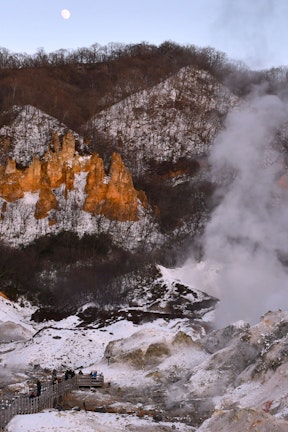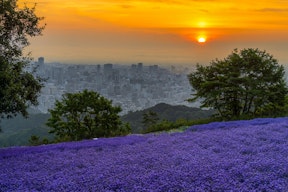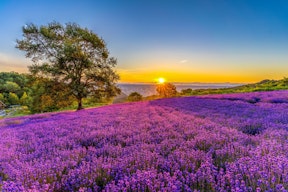Winter Hokkaido Model Course 10 Days【Part 2】Asahikawa・Cape Soya・Shiretoko・Mashu・Kushiro Guide
Nov 10,2025 Update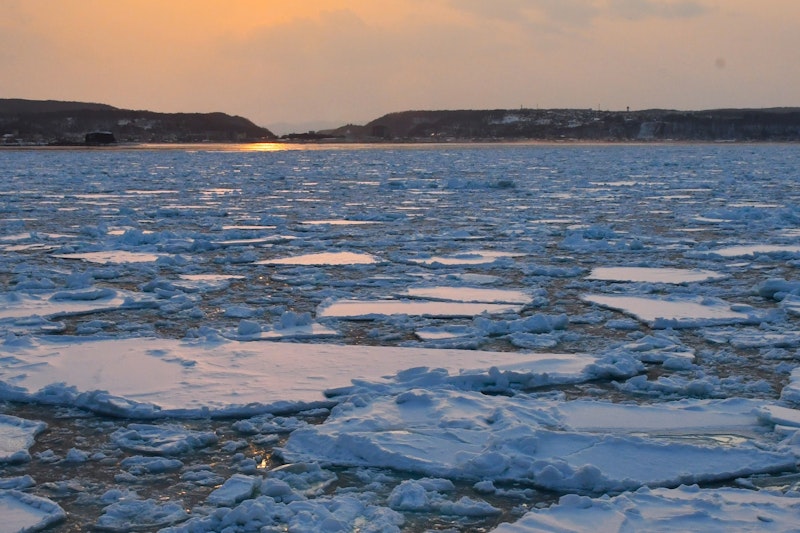
With the excitement of the "Japan-Korea Dream Players Game 2025" in our hearts, the journey moves from Part 1 | Central and Southern Hokkaido to Part 2 | Northern and Eastern Hokkaido's magnificent nature. The sense of unity felt at the stadium dissolves into the crisp, clear air and the silence of snow-covered plains—this marks the beginning of the second half of our adventure into "the core of Hokkaido that you want to experience especially after watching the game."
In this edition, we'll dynamically guide you through the routes for days 6-10. Touch the vitality of winter in Asahikawa and Sounkyo, experience the northern scale in Furano and Cape Soya. We'll proceed to the drift ice experience of the Sea of Okhotsk, the serene mysteries of Shiretoko and Lake Mashu, and the breath of the earth in Tokachi and Kushiro. ※Please see Part 1 for the first half of the journey.
Table of Contents—Part 2
6. Day 6 (Northern Hokkaido): Enjoying nature from Asahikawa to Mount Daisetsu
6-1. Asahiyama Zoo
6-2. Sounkyo Onsen
7. Day 7 (Northern Hokkaido): Touring Furano and heading to the northernmost point
7-1. Furano Ski Resort
7-2. Cape Soya
8. Day 8 (Eastern Hokkaido): Driving along the Sea of Okhotsk coast to Shiretoko
8-1. Road to the Sky
8-2. Drift Ice Walking Experience
9. Day 9 (Eastern Hokkaido): Experiencing Shiretoko's magnificent nature and Lake Mashu's mystery
9-1. Shiretoko Five Lakes
9-2. Lake Mashu
10. Day 10 (Eastern Hokkaido): Touring Tokachi Plain and Kushiro wetlands
10-1. Tokachi Ranch White Birch Avenue
10-2. Kushiro Shitsugen National Park
Summary
6. Day 6 (Northern Hokkaido): Enjoying nature from Asahikawa to Mount Daisetsu
(Source: Official Hokkaido Tourism Site "Asahikawa City Asahiyama Zoo" 2025/10/08)
Day 6 is dedicated to experiencing Hokkaido's magnificent nature and wildlife. In Asahikawa, visit the nationally popular Asahiyama Zoo to observe animals in their natural behaviors up close. In the afternoon, head to Sounkyo Onsen at the foot of Mount Daisetsu, where you can enjoy spectacular seasonal views and famous hot springs. Fully savor the charm of Hokkaido's great outdoors.
6-1. Asahiyama Zoo
Asahiyama Zoo is a popular destination known for its "behavioral exhibits" that allow visitors to observe animals' natural behaviors up close. The zoo features exhibition methods that showcase animals' natural ecology, including the "Penguin House" where you can watch penguins swimming as if flying underwater, and the "Seal House" with transparent cylindrical tanks where seals move back and forth. The "Polar Bear House" offers views of bears diving dynamically into water, while the "Orangutan House" features a 17-meter tower that orangutans traverse.
Additionally, the "Ezo Brown Bear House" recreates the natural environment of Shiretoko, allowing visitors to see Hokkaido's representative brown bears at close range. Seasonal "Penguin Walks" and "Feeding Time" sessions where you can observe animals eating are extremely popular. The zoo is captivating both day and night.
6-2. Sounkyo Onsen
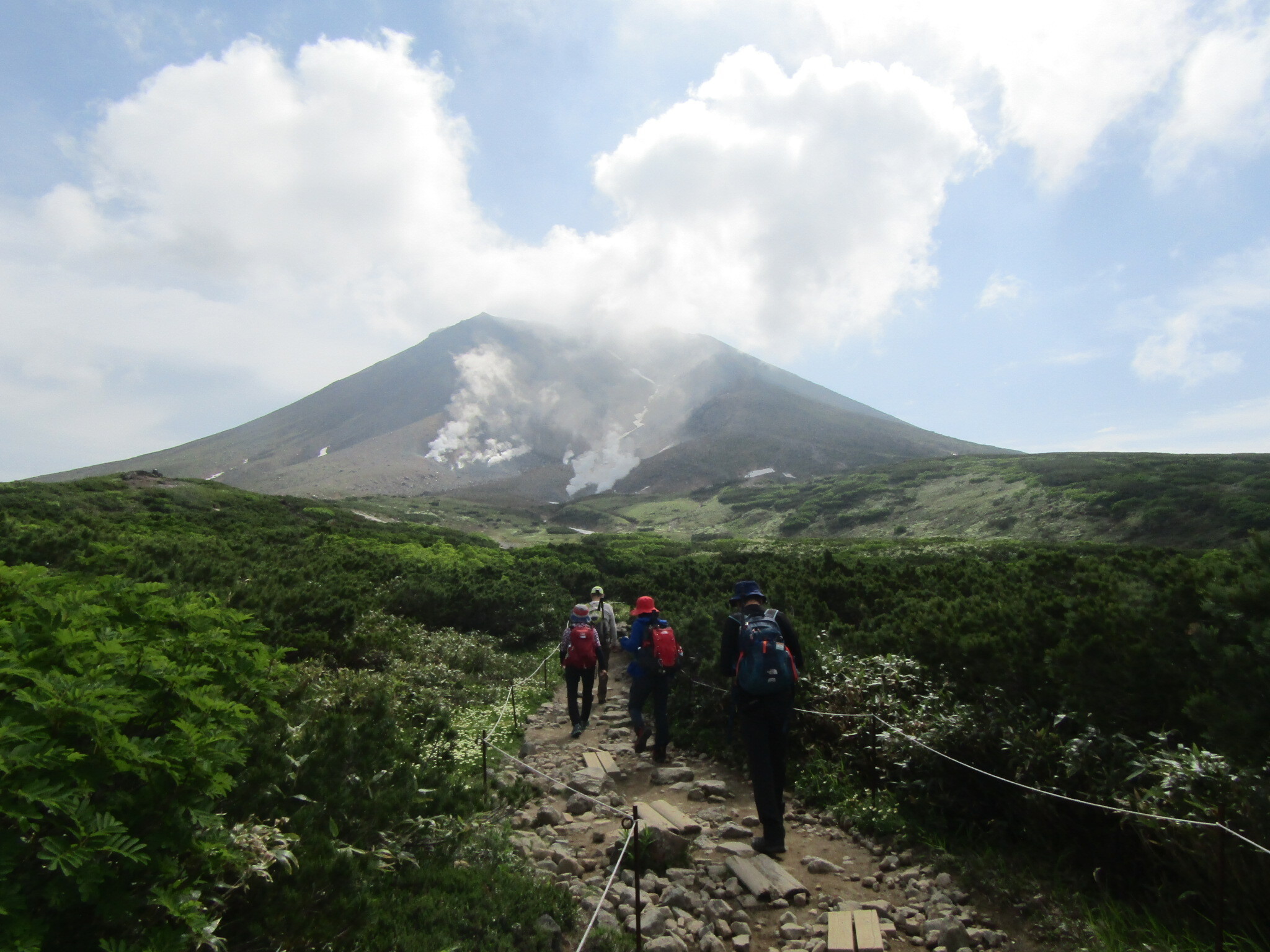
Sounkyo Onsen is a hot spring resort spread along the gorge within Daisetsuzan National Park, where you can enjoy magnificent nature and seasonal landscapes. The area's highlights include Ryusei Falls and Ginga Falls, both selected among Japan's Top 100 Waterfalls. Ryusei Falls cascades powerfully from a height of 90 meters, while Ginga Falls flows like white silk from 120 meters. Due to their contrasting beauty, they are also called "Male Falls" and "Female Falls." From Souhaku-dai, about a 20-minute climb from the parking area, you can view both waterfalls simultaneously in a spectacular panorama.
The surrounding area offers various seasonal activities including rafting, autumn foliage walks, and the winter Ice Fall Festival. In the hot spring town, you can enjoy open-air baths overlooking the gorge and cuisine featuring local ingredients, making it a destination where you can simultaneously experience nature and relaxation.
7. Day 7 (Northern Hokkaido): Touring Furano and heading to the northernmost point
(Source: Official Hokkaido Tourism Site "Furano Ski Resort" 2025/10/08)
Day 7 is about experiencing Hokkaido's magnificent scenery and the northernmost point of Japan. First, head to Furano Ski Resort to enjoy winter sports in the great outdoors. After savoring the crisp air and excellent snow quality, journey to Japan's northernmost point, Cape Soya, to enjoy the expansive sea and spectacular landscapes.
7-1. Furano Ski Resort
Furano Ski Resort is a representative snow resort of Hokkaido, featuring high-quality powder snow and magnificent scenery. The expansive slopes overlooking Mount Tokachi and the Daisetsu Mountain Range offer 28 courses suitable for beginners to advanced skiers. The resort features distinctive courses such as the forest-lined "Furano Forest Course" and the undulating "Furano Wave Course."
The long cruise from the summit is spectacular, and the snow quality has earned high praise both domestically and internationally. After skiing, you can enjoy hot springs, dining, and shopping at the directly connected New Furano Prince Hotel. It's a popular ski area where you can enjoy both active winter leisure and resort stays.
7-2. Cape Soya
(Source: Official Hokkaido Tourism Site "Cape Soya" 2025/10/08)
Cape Soya is located at the northernmost point of Hokkaido's main island and is known as Japan's northernmost tourist attraction. The "Monument of Japan's Northernmost Point" at 45°31'22" North latitude is a popular photo spot, and on clear days, you can see Sakhalin about 43km away. The cape features various monuments including a statue of Mamiya Rinzo, known for his northern explorations, and the "Tower of Prayer" for peace, making it a place where you can feel both history and nature.
In the surrounding Soya Hills, beautiful grassland landscapes created by glacial-age topography spread out, and the sight of wind turbines standing in rows is spectacular. In the crystal-clear air, you can experience the magnificent northern landscape of this special area.
8. Day 8 (Eastern Hokkaido): Driving along the Sea of Okhotsk coast to Shiretoko
(Source: Official Hokkaido Tourism Site "Drift Ice Walk®" 2025/10/08)
Day 8 is a driving journey along the Sea of Okhotsk coast while experiencing magnificent nature. Visit the spectacular scenic road "Road to the Sky" that extends straight toward heaven, and experience the thrilling "Drift Ice Walking" on winter's natural phenomenon—drift ice. Explore spots where you can experience Shiretoko's great outdoors.
8-1. Road to the Sky

The "Road to the Sky" is a straight road approximately 28.1km long in Shari Town on the Shiretoko Peninsula that appears to "continue to the sky" as its name suggests—a spectacular scenic road. The straight road extending from National Route 244 to Route 334 allows you to experience the magnificent scale unique to Hokkaido. While driving, you can enjoy panoramic views of the Sea of Okhotsk and Shiretoko Mountain Range, with particularly fantastic scenery on clear days and at sunset.
Observation decks and parking spaces are also provided along the hills, making them excellent photography spots. Around the spring and autumn equinoxes, you can see the sunset setting along the road's extension—a miraculous view that appears only a few days a year, attracting many travelers.
8-2. Drift Ice Walking Experience
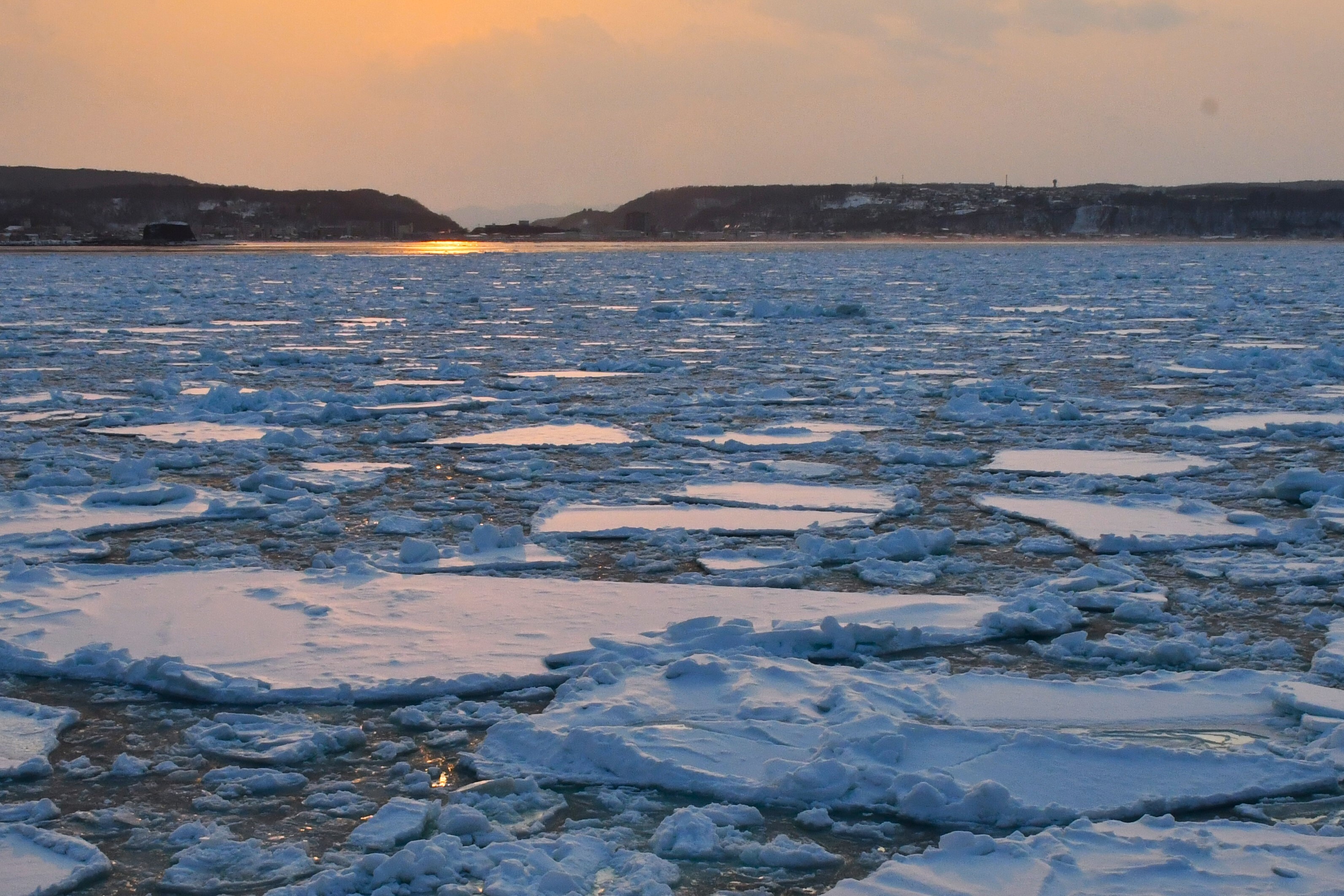
The "Drift Ice Walking Experience," representing Shiretoko and Utoro's winter activities, is a precious experience where you can actually walk on drift ice in the frigid Sea of Okhotsk. Hosted by "SHINRA" in Utoro, Shari Town, participants wear special dry suits to walk on ice, float, and enjoy extraordinary adventures. Drift ice reaches the Shiretoko Peninsula in late January, with the best experience season from early February to late March. Looking at the sea surface through gaps in the drift ice allows you to experience nature's magnificence.
Additionally, you may see endangered Steller's sea eagles and white-tailed eagles soaring overhead. The surrounding area has many drift ice scenic spots including Otome no Namida (Maiden's Tears) and Puyuni Cape, with fantastic sunset views worth seeing.
9. Day 9 (Eastern Hokkaido): Experiencing Shiretoko's magnificent nature and Lake Mashu's mystery
(Source: Official Hokkaido Tourism Site "Shiretoko Five Lakes" 2025/10/08)
Day 9 explores the magnificent nature of World Natural Heritage site Shiretoko and the mysterious fog-shrouded Lake Mashu. At Shiretoko Five Lakes, where pristine forests and lakes create spectacular scenery, you can experience encounters with wildlife and seasonal natural changes. At the mystically blue Lake Mashu, you'll spend soul-cleansing moments surrounded by fantastic landscapes.
9-1. Shiretoko Five Lakes

The "Shiretoko Five Lakes" rest quietly in pristine forests against the backdrop of the Shiretoko Mountain Range. As a scenic spot symbolizing World Natural Heritage site Shiretoko, the lake surfaces reflect seasonal mountains and sky, creating fantastic landscapes.
Two walking routes are maintained around the lakes: the elevated wooden walkway (approximately 800m total length) allows safe walking even during brown bear activity periods, offering close views of the first lake while providing panoramic views of the Shiretoko Mountain Range and Sea of Okhotsk. The ground walking trail (approximately 3km circuit) allows you to feel the pristine forest deeply while encountering traces of wildlife such as brown bear claw marks and black woodpecker feeding signs. Shiretoko Five Lakes is a special place where you can experience nature's mysteries with all five senses, harmonizing Shiretoko's sea, forest, mountains, and lakes.
9-2. Lake Mashu

Lake Mashu, called "God's Lake," is a caldera lake boasting world-class transparency. The deep color created when the sky's blue reflects on the lake surface (approximately 20km circumference, maximum depth 212m) is called "Mashu Blue," and on windless days it sparkles like a blue jewel. The lake is surrounded by steep outer rim mountains 150-350m high and is known for the mysterious natural phenomenon of maintaining constant water levels despite having no inflowing rivers.
While you cannot descend to the lake surface, you can enjoy spectacular views of Kamuishu Island and Mount Mashu (Kamui-nupuri) from "Mashu First Observatory," "Third Observatory," and "Ura-Mashu Observatory." In summer, fog often envelops the area, showing the fantastic appearance known as "Misty Lake Mashu." Both clear-day and foggy Lake Mashu are filled with mystical charm.
10. Day 10 (Eastern Hokkaido): Touring Tokachi Plain and Kushiro wetlands
(Source: Official Hokkaido Tourism Site "Tokachi Ranch White Birch Avenue" 2025/10/08)
Day 10 starts from the magnificent Tokachi Plain. At "Tokachi Ranch White Birch Avenue" with its tunnel of white birch trees, you can enjoy refreshing scenery typical of Hokkaido. Furthermore, at the vast "Kushiro Shitsugen National Park" where wetlands breathe with life, you can observe wildlife and seasonal flora. It's a fitting final day to feel Hokkaido's earth's vitality with your skin.
10-1. Tokachi Ranch White Birch Avenue
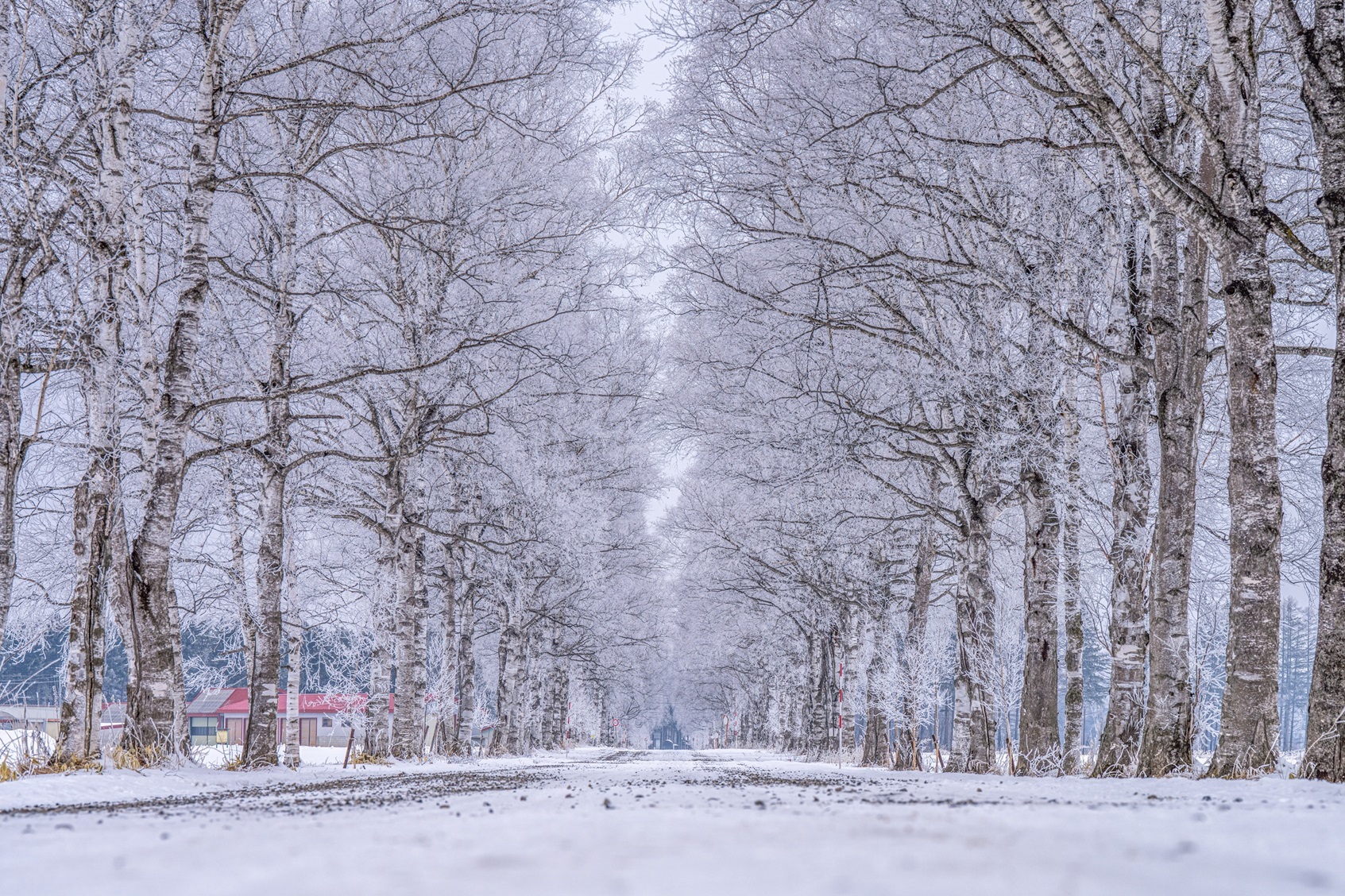
The "Tokachi Ranch White Birch Avenue," a representative scenic spot of Tokachi Plain, is a beautiful road where white birch trees line straight for approximately 1.3km from the ranch entrance. Planted by ranch staff about 70 years ago, it's designated as a "Beautiful Forest" of Otofuke Town. The avenue shows different expressions each season, with particularly many visitors during new green season and autumn foliage as a popular photography spot.
While the tree-lined road is freely accessible for walking, entry to pastures and facilities is prohibited. From the observation deck on the ranch's elevated area, you can overlook the vast Tokachi Plain and distant mountains—truly a place where you can experience Hokkaido's scale. Listen to the sound of white birch trees swaying in the wind in the silence, and slowly savor the natural beauty of Tokachi.
Tokachi Ranch White Birch Trees
10-2. Kushiro Shitsugen National Park
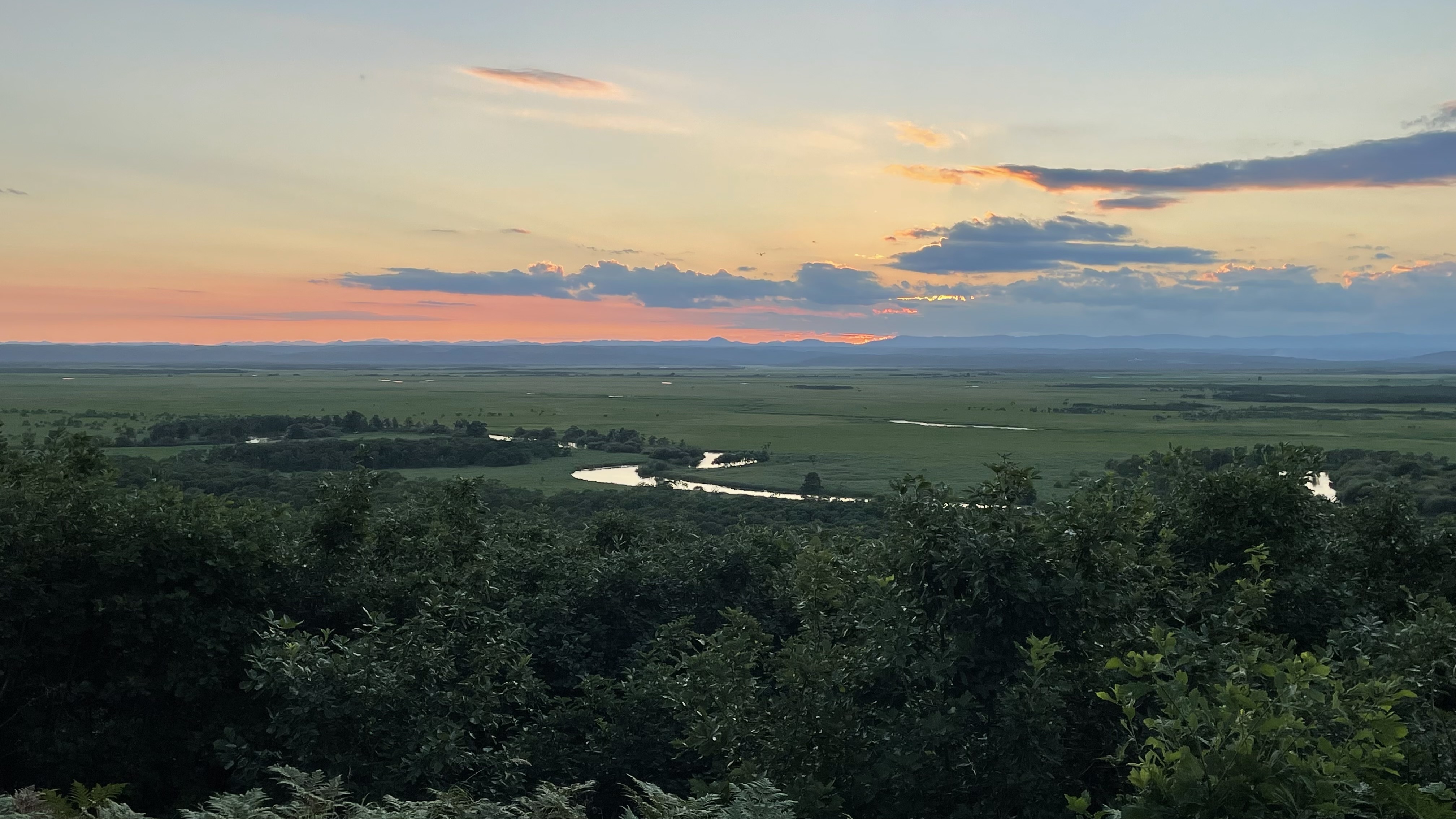
Known as Japan's largest wetland, "Kushiro Shitsugen National Park" is a magnificent natural treasure covering approximately 220km². The Kushiro River and its tributaries flow gently, creating landscapes that spread with hills—truly showcasing Hokkaido's grand scale. The area is home to numerous precious flora and fauna, including the nationally designated Special Natural Monument, the Red-crowned Crane. Designated as Japan's first Ramsar Convention registered wetland in 1980, conservation activities continue to protect the wetlands.
The park features various observation points including Hosooka Observatory and Kushiro City Wetland Observatory, where you can enjoy the wetland's changing expressions by season and time of day. The fantastic morning mist-shrouded scenery and sunset views captivate visitors.
Kushiro Shitsugen National Park
Summary
In the second half of the journey, you'll be moved by the breath of winter life and seasonal expressions at Asahiyama Zoo and Sounkyo, experience Hokkaido's magnificent scale at Furano and Cape Soya. At Shiretoko and Lake Mashu, you'll be captivated by the mysteries of untouched nature, and at Kushiro Wetlands and Tokachi, you'll feel Hokkaido's vitality living with the earth. The journey concludes by returning to Kushiro, Obihiro, Sapporo, and New Chitose Airport following the return route, savoring the lingering memories as you head home.
※This article was created based on information as of October 2025





